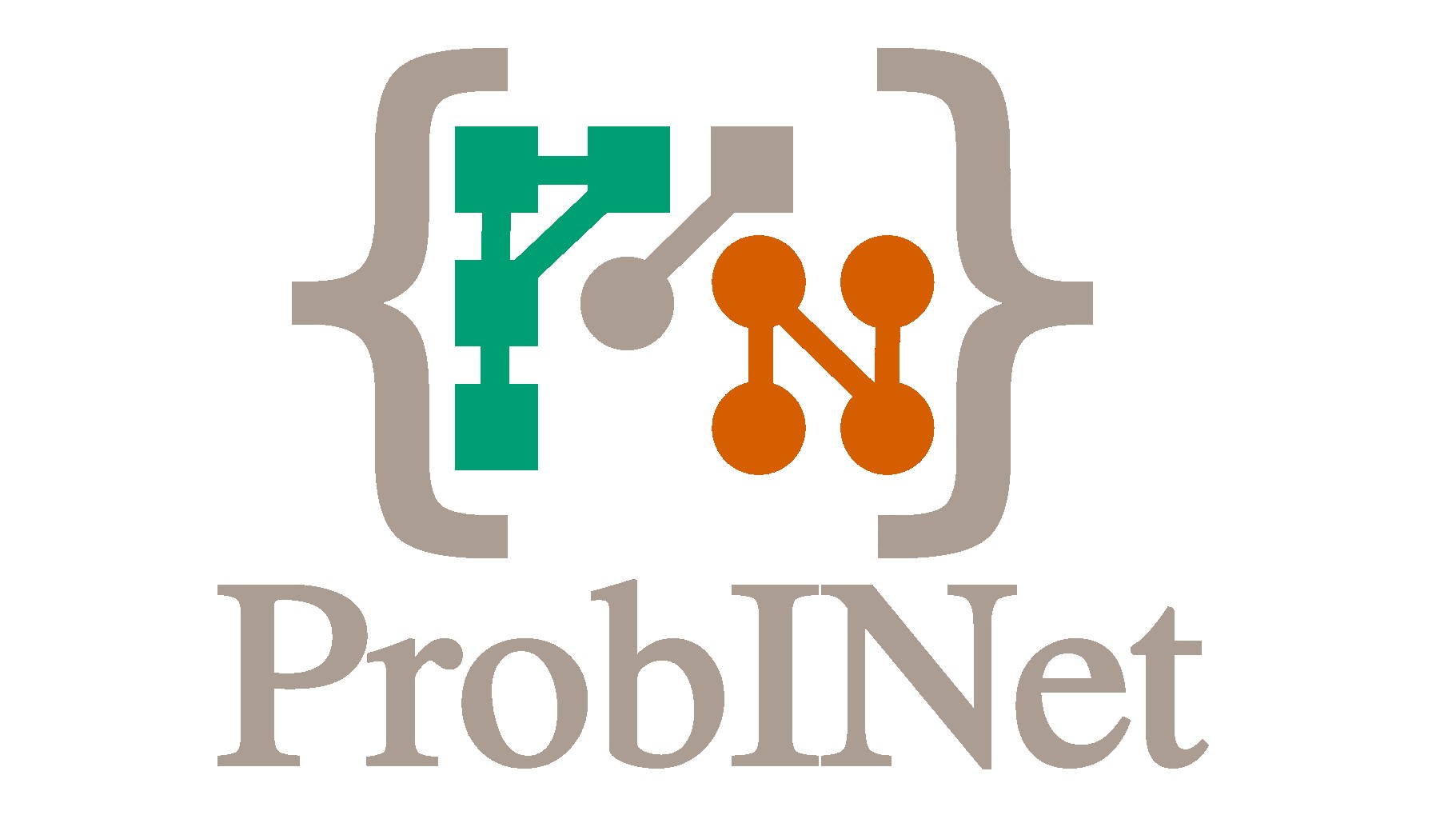probinet.evaluation.community_detection#
Functions for evaluating community detection.
Functions
|
Calculates a performance metric based on the similarity between the ground truth set and the detected set. |
|
Compute a similarity metric to evaluate the quality of inferred community memberships. |
|
Computes a permutation matrix that aligns the inferred and ground truth community memberships. |
|
Compute the cosine similarity between inferred and ground truth community memberships after alignment. |
- probinet.evaluation.community_detection.calculate_metric(ground_truth: Set[int], detected: Set[int], metric: str) float[source]#
Calculates a performance metric based on the similarity between the ground truth set and the detected set. Supports “f1” and “jaccard” metrics. It is typically used for evaluating the quality of prediction sets in relation to the true reference sets.
- Parameters:
ground_truth – The set of true (ground truth) items.
detected – The set of predicted (detected) items.
metric (str) – The metric to calculate. Must be either “f1” for the F1 score or “jaccard” for the Jaccard index.
- Returns:
The calculated metric value as a float. Returns 0.0 if there is no overlap between the ground truth and the detected sets.
- Return type:
float
- Raises:
ValueError – If the provided metric is unsupported or invalid.
Notes
The F1 score is calculated as the harmonic mean of precision and recall.
The Jaccard index is calculated as the ratio of the size of the intersection of the sets to the size of their union.
- probinet.evaluation.community_detection.compute_community_detection_metric(U_infer: ndarray, U0: ndarray, metric: str = 'f1', com: bool = False) float[source]#
Compute a similarity metric to evaluate the quality of inferred community memberships.
This function compares inferred community memberships (U_infer) against the ground truth (U0) using supported performance metrics like F1-score or Jaccard Index. The inferred and true community memberships are represented as membership matrices (U_infer and U0) where each row corresponds to a node, and columns represent its membership strength across K communities.
- Parameters:
U_infer – Inferred community membership matrix (shape: [N, K]), where N is the number of nodes and K is the number of communities. This matrix is created during the community detection process.
U0 – Ground truth membership matrix (shape: [N, K]) that represents the true community membership strengths of nodes.
metric – The similarity metric to use for evaluation, either: - “f1”: F1-score (harmonic mean of precision and recall for membership overlap). - “jaccard”: Jaccard index (intersection-over-union for memberships).
com – If True, interpret each row of U_infer directly as community members. Otherwise, threshold each row to determine community assignment.
- Returns:
A similarity score based on the chosen metric. The value is between 0 and 1, where higher values indicate better alignment between the inferred and true community structures.
- Return type:
float
- probinet.evaluation.community_detection.compute_permutation_matrix(U_infer: ndarray, U0: ndarray) ndarray[source]#
Computes a permutation matrix that aligns the inferred and ground truth community memberships.
This function calculates a permutation matrix to align two membership matrices, U_infer (inferred community structure) and U0 (ground truth community structure). The permutation ensures that columns of U_infer are reordered to best match those of U0. It helps resolve discrepancies caused by arbitrary ordering of communities across different runs or datasets.
- Parameters:
U_infer – Inferred community membership matrix (shape: [N, K]), where N is the number of nodes and K is the number of communities. Each row represents the membership strengths of a node across K inferred communities.
U0 – Ground truth community membership matrix (shape: [N, K]), where each row represents the true membership strengths of a node across K communities.
- Returns:
A permutation matrix (shape: [K, K]) where each row and column contains a single 1. The matrix reorders the columns of U_infer to maximize alignment with the columns of U0.
- Return type:
np.ndarray
Notes
The membership matrices (U_infer and U0) represent soft clustering of nodes into communities, where each row indicates the strength of a node’s association with each community.
Permutation is necessary because community detection algorithms often produce outputs where the community labels have no strict correspondence (e.g., community 1 in U_infer may correspond to community 3 in U0).
- probinet.evaluation.community_detection.cosine_similarity(U_infer: ndarray, U0: ndarray) tuple[source]#
Compute the cosine similarity between inferred and ground truth community memberships after alignment.
This function calculates the average cosine similarity between two community membership matrices, U_infer (inferred communities) and U0 (ground truth communities). Before computing similarity, the function aligns the columns of U_infer with U0 using a permutation matrix to ensure consistency in community ordering.
Cosine similarity measures the angular similarity between vectors, making it a suitable metric for comparing normalized membership strengths of nodes in a soft clustering context.
- Parameters:
U_infer – Inferred community membership matrix (shape: [N, K]), where N is the number of nodes and K is the number of communities. Each row represents the degree to which a node belongs to each community.
U0 – Ground truth community membership matrix (shape: [N, K]), where each row represents the true membership strengths of nodes across K communities.
- Returns:
A tuple containing: - np.ndarray: The aligned inferred membership matrix (U_infer) after applying the permutation matrix. - float: The average cosine similarity score, a measure of the alignment between U_infer and U0,
where higher values indicate stronger similarity.
- Return type:
tuple
Notes
Cosine similarity ranges between -1 and 1, but in this context (non-negative memberships), it typically falls between 0 and 1.
U_infer is first aligned to U0 using a permutation matrix to resolve potential column order mismatches in community labels.
Normalization is applied to each row of U_infer and U0 before computing the similarity, ensuring equal weight across nodes.
